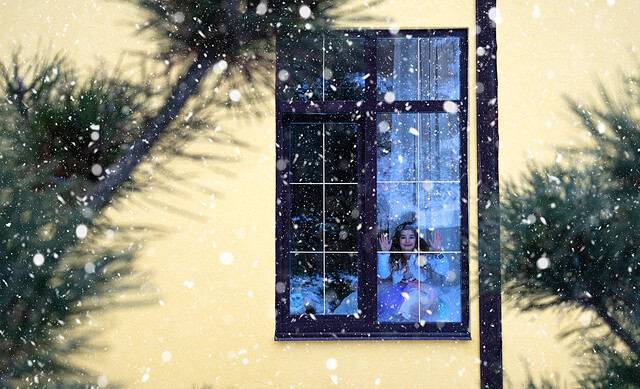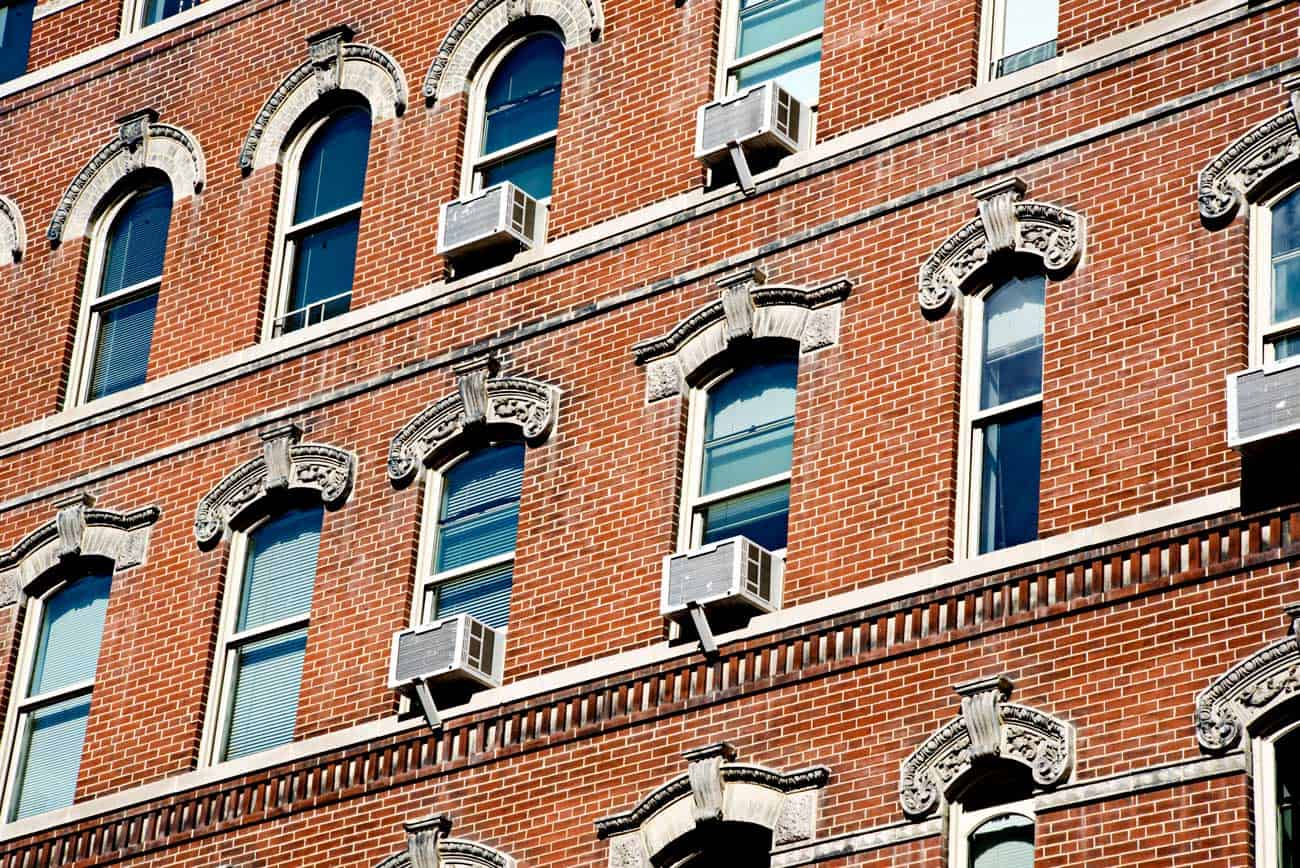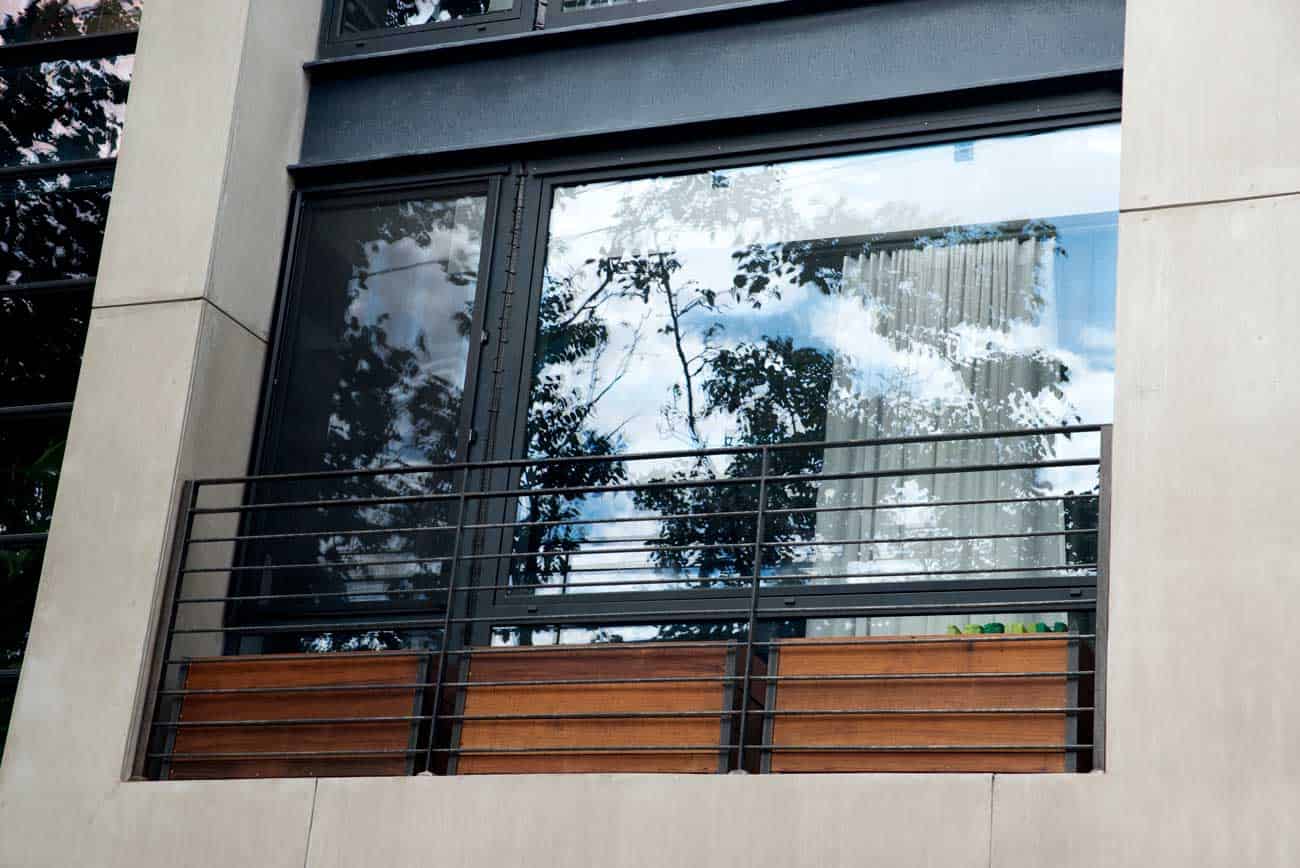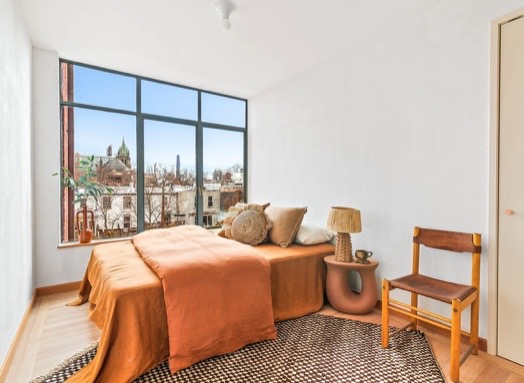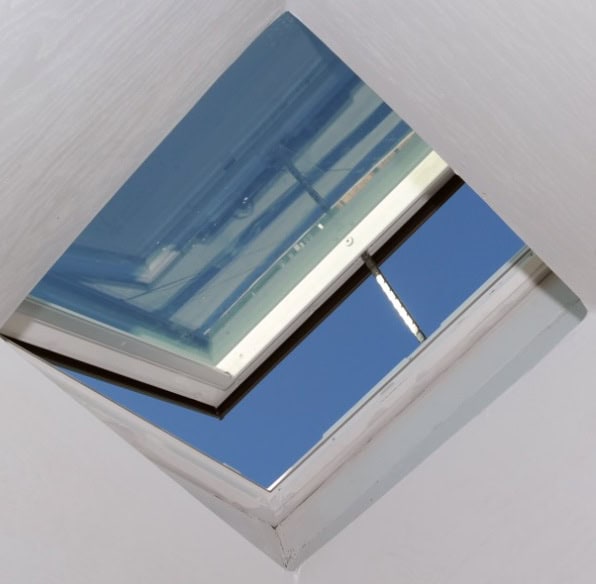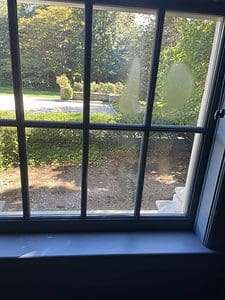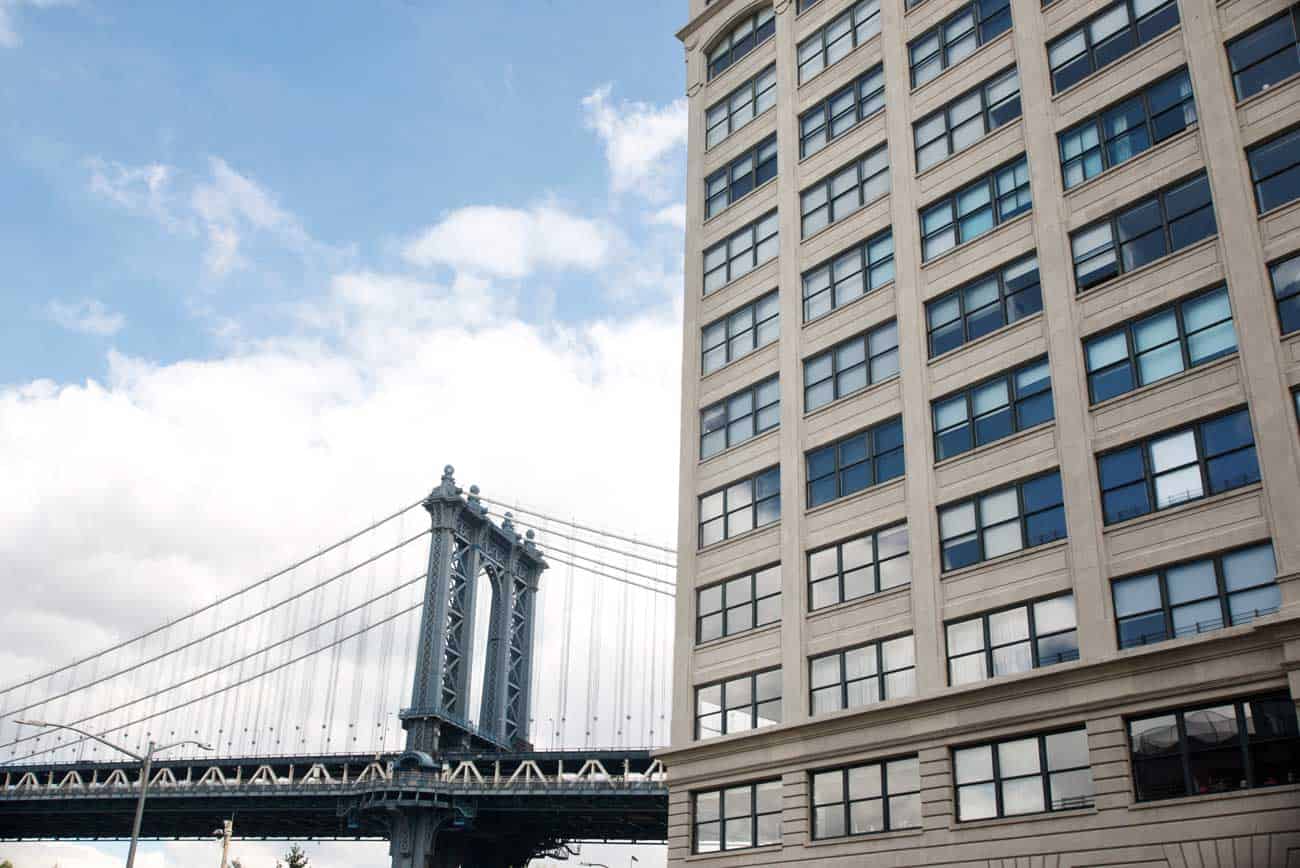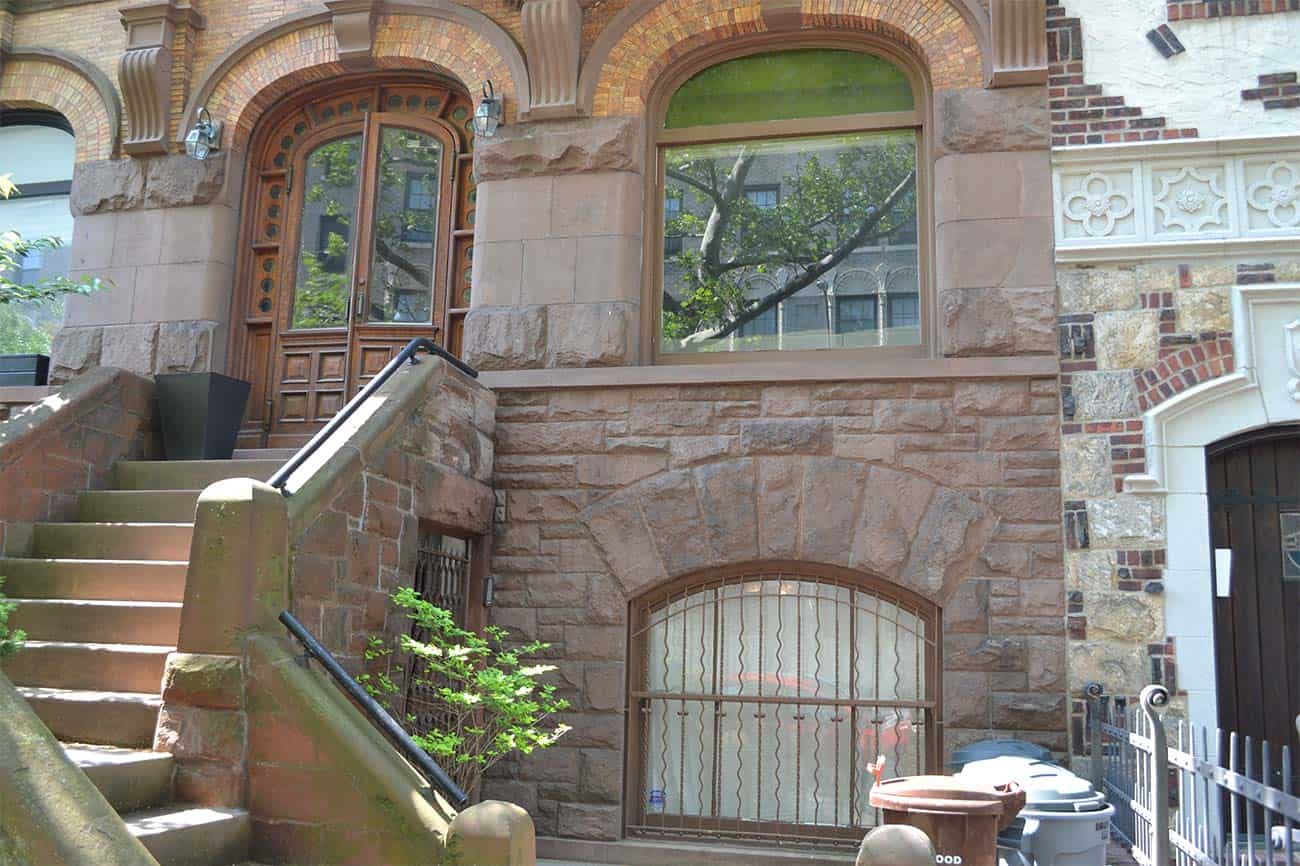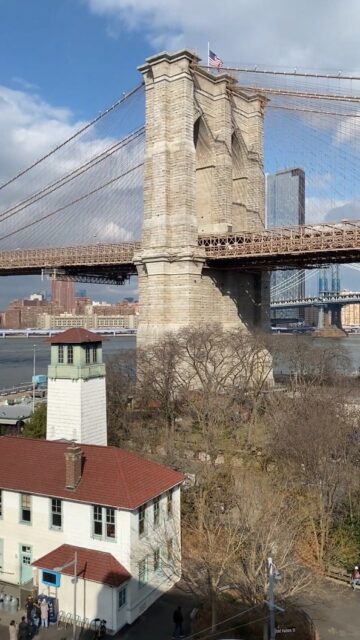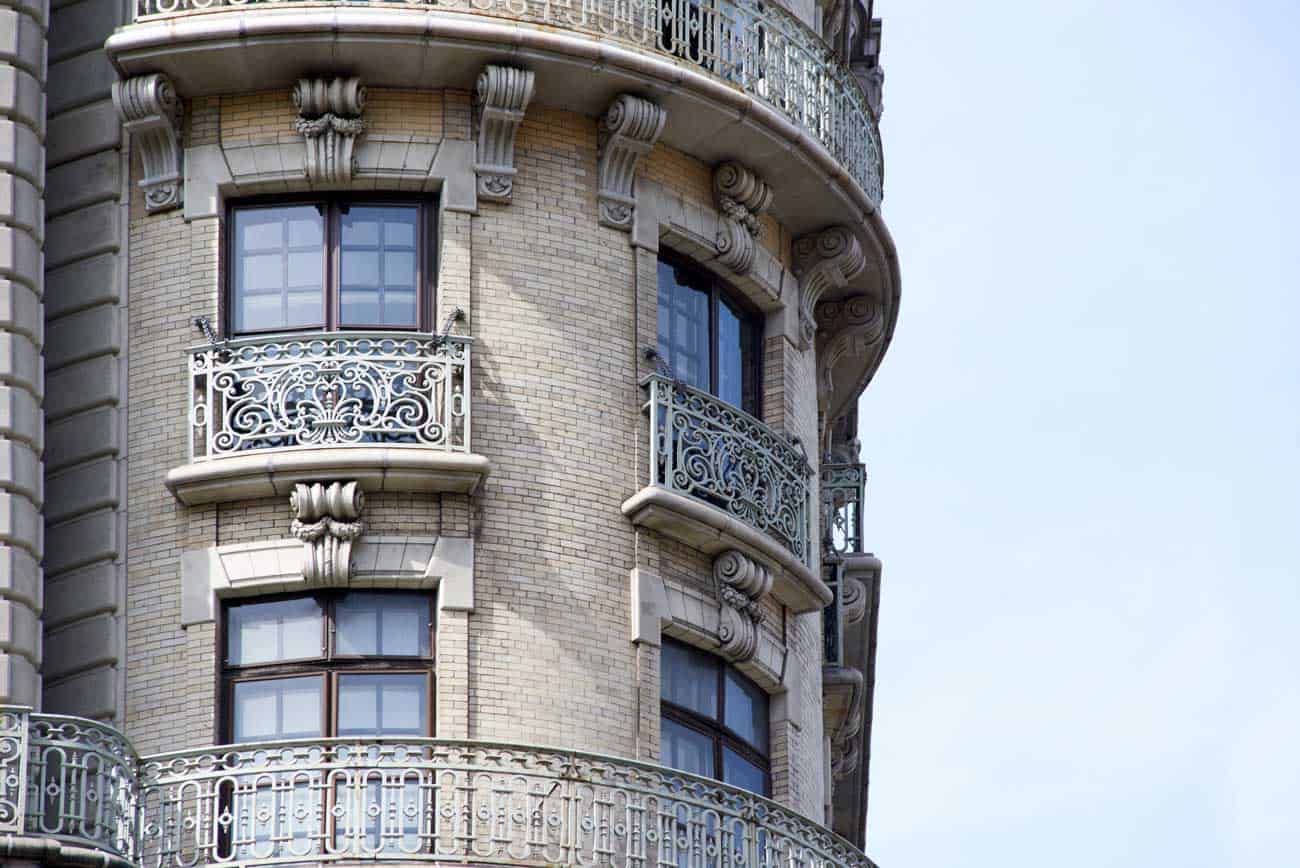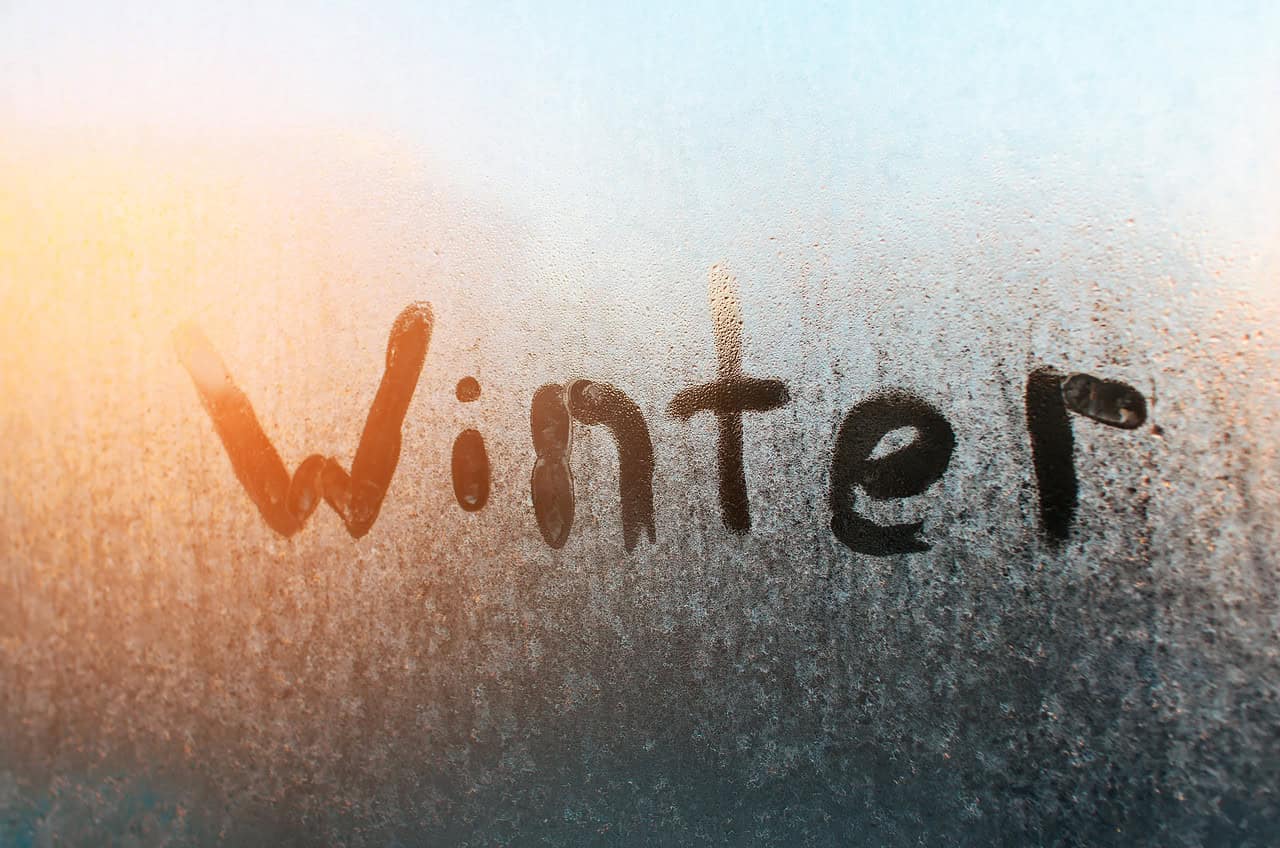6 Easy Ways to Make Your Building Bird-Safe
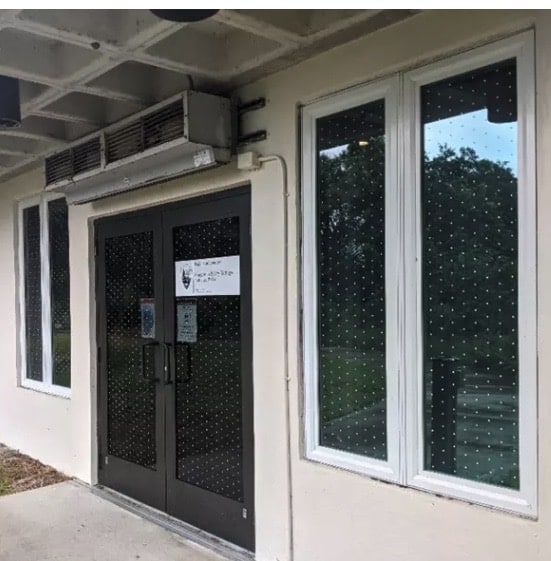
A Guide to Preventing Bird Collisions
Birds are majestic creatures that grace our skies with their presence, but sadly, they often encounter deadly obstacles in our built environment. Glass windows, particularly in homes and buildings, pose a significant threat to birds as they don’t perceive them as barriers.
Instead, they see reflections of the natural world, such as clouds and trees, and attempt to fly toward them, resulting in collisions. Despite appearing fine initially, many birds succumb to injuries sustained in these collisions later on.
However, there’s hope on the horizon. These collisions are preventable, and there are numerous measures you can take to make your homes and buildings safer for our avian friends. Not only do these bird safety measures protect wildlife, but they can also lower energy costs and enhance the aesthetic appeal of your property.
Learn more from the National Fish & Wildlife Service.
Understanding Bird Collisions
Birds perceive glass differently from humans. Rather than seeing it as a solid barrier, they see reflections of their surroundings, which they find attractive and safe. Unfortunately, this misconception leads to countless bird collisions annually, with estimates ranging from one hundred million to one billion bird fatalities worldwide. These collisions pose a significant threat, particularly to migratory bird populations.
What is Bird-Safe Glass?
Bird-safe glass is specifically designed to be visible to birds while maintaining transparency for humans. Various techniques, such as fritting, silk-screening, or ultraviolet coating, create patterns on the glass that break up its reflectivity, alerting birds to its presence. Studies have shown that the spacing of these patterns is crucial, with the “2×4 rule” being the most effective—markings spaced two inches apart horizontally and four inches apart vertically. This spacing ensures that birds recognize the glass as an obstacle and avoid collisions.
Visualizing Bird-Safe Glass
Bird-safe glass comes in various designs and patterns, making it adaptable to different architectural styles and preferences. Manufacturers offer different styles of bird safe glass, some with a dot matrix pattern, others have striations as a deterrent.
Where to Find Bird-Safe Glass
Fortunately, many companies offer bird-safe glass at a modest price premium compared to standard glass. Additionally, alternative strategies, such as angling windows downwards or applying thin films, can also mitigate bird collisions without the need for specialized glass.
Bird-Safe Measures for Your Home
If you’re unable to install bird-safe glass, there are still steps you can take to protect birds around your home:
- Strategic Placement of Bird Feeders: Position bird feeders close to windows to slow down birds as they approach, reducing the likelihood of collisions.
- Window Films: Apply transparent films to windows, making them visible to birds while maintaining visibility for humans. These films also offer energy-saving benefits by reducing infrared radiation.
- Curtains and Shades: Keep curtains or shades drawn during the day to minimize reflections that attract birds.
- Window Decals and Patterns: Place decals, sun catchers, or ribbons in dense patterns on windows, following the “2×4” format to make glass more visible to birds.
- Houseplant Placement: Move houseplants away from windows to reduce bird attraction.
- Window Screens: Install screens or nets outside windows to soften the impact of collisions.
By implementing these bird-safe measures, you can contribute to protecting avian populations while creating a safer and more environmentally conscious living space. With simple adjustments, you can make a significant difference in safeguarding birds against the hazards of our modern world.
